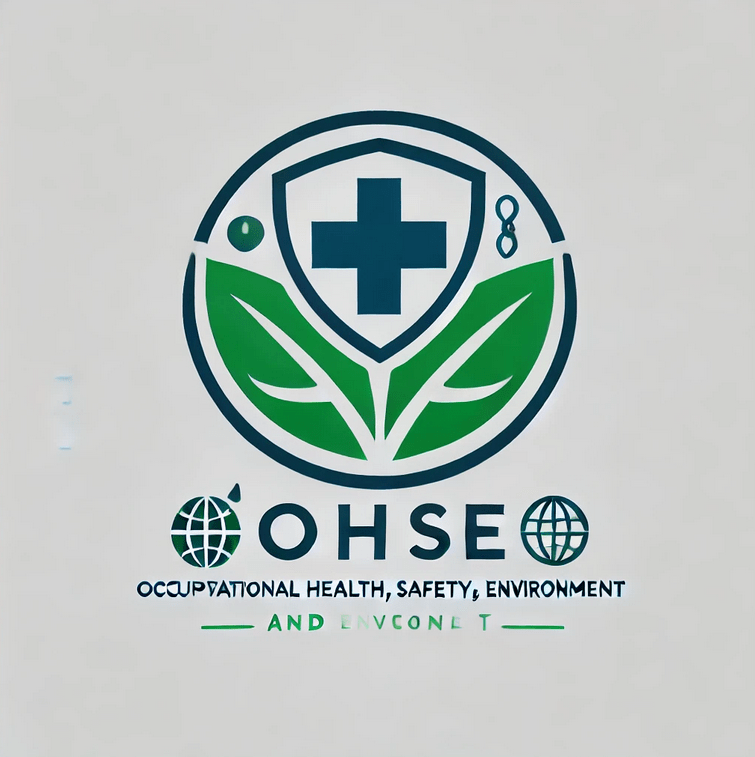Occupational Health, Safety, and Environment (OHSE) is a crucial framework for ensuring the well-being of employees, the safety of workplaces, and the protection of the environment.
In this post, we present a detailed diagram that outlines the key components and relationships within OHSE, making it easier to understand how various elements contribute to a safer, healthier, and more sustainable workplace.
Core Elements of OHSE
At the heart of the OHSE framework are three core elements:
- Occupational Health: Ensuring the physical and mental well-being of employees in their working environment.
- Safety: Implementing measures and protocols to prevent accidents, injuries, and other workplace hazards.
- Environment: Minimizing the environmental impact of workplace operations and promoting sustainability.
Key Processes Surrounding OHSE
The processes that support these core elements include:
- Hazard Identification
- Risk Assessment
- Incident Investigation & Reporting
- Compliance with Legal Framework
- Emergency Response Planning
- Training & Awareness Programs
- Environmental Management
These processes are essential for proactive safety management and continuous improvement in health and safety standards.
Supporting Components
Supporting components, such as Leadership & Communication, Safety Management Systems, and Personal Protective Equipment (PPE), play a significant role in ensuring that the OHSE framework functions effectively. These elements connect to the core processes and enhance safety outcomes by fostering a culture of safety within organizations.
External Factors
The outer layer of the OHSE framework involves external influences such as:
- Regulations & Legislation (e.g., OHSA, EPA)
- Industry Standards (e.g., ISO 45001, ISO 14001)
- Community & Public Health
- Corporate Responsibility & Sustainability
These factors ensure that businesses adhere to regulatory requirements and meet both legal and ethical standards in their operations.



No comments yet